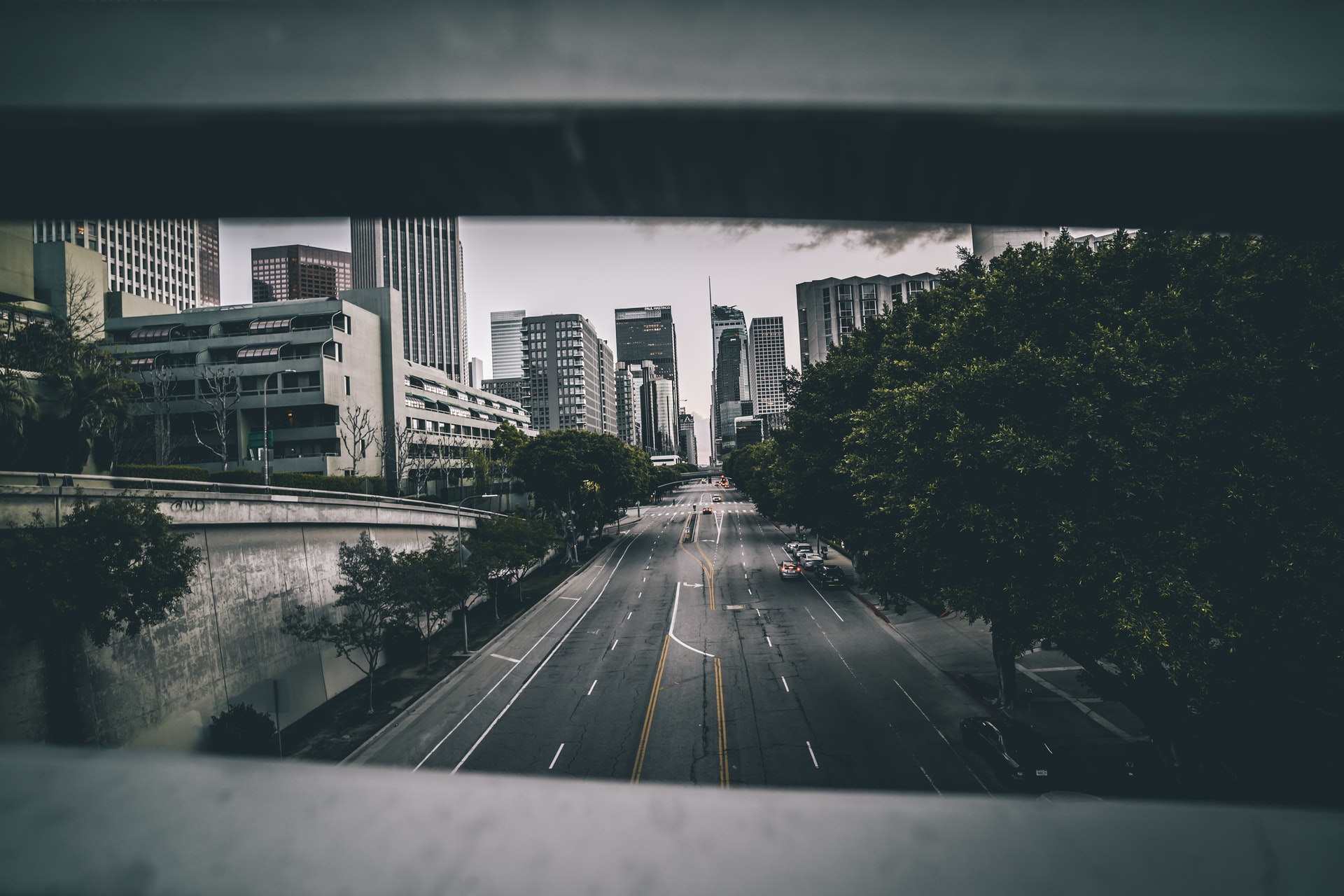
A few days ago there was a press release about the absence of elevators in buildings where older people live and how this affected their quality of life. This is one of the problems that is taken into account when talking about old age: the isolation problems suffered by many older people. When we talk about isolation we can refer to both social isolation and physical isolation, associated with the characteristics of the buildings in which they live. While the issue of social isolation seems to be given more attention, we do not have as many references to physical isolation and it seems to be a forgotten issue, despite its importance.
Problems of physical isolation are generally associated with large cities, as this is where we find buildings of various heights. This does not mean that we do not find accessibility problems in smaller municipalities, although they may be due to other circumstances. However, it is common in villages for older people to live in single-family buildings of two heights at most, which were adapted to the needs that large families had but which are impractical today. The village house we have in mind may also be posing a serious isolation problem for the elderly living alone. For example, it could happen that the ground floor does not have a space to put a bedroom, so you have to go up and down stairs every night and every morning. Or that there is only a bathroom upstairs. In some cases older people have enough resources (and space) to do a job and move the whole house to the ground floor. This is not always the case. One way to solve it would be by installing a stair lift, but again, not all seniors have the resources for that. We also have to talk about this issue (another pending task we have): not even when retirement age comes and we have access to pensions is there a situation of economic equality. Inequality accompanies us all our lives and survives in old age. I already spoke about this in my thesis (Lebrusán, 2017) but there is still a lot to be said. In some homes, and I always talk about cases that I have seen over the years, the bathroom was outside the house and was accessed through an open courtyard, with several steps up and down. This is an architecturally complex problem to solve, involving a large economic outlay. On the other hand, this problem is not easy to detect if it is not thanks to fieldwork (qualitative) because we do not have data, to occur within private homes. Today we are going to try to approach the problem from the quantitative point of view, with the data we have thanks to the 2011 Census of Population and Housing. This is the largest statistical operation that the INE carries out every ten years. It allows us to know (among other more demographic issues) the characteristics of the buildings, such as the number of floors, their condition, the availability of elevators... Also other more demographic or housing issues. In Spain, 54.2% of the main dwellings (that is, which are not empty and are not holiday dwellings) do not have an elevator. But watch out, this can be a cheating fact. What if these dwellings are in buildings that only have a ground floor? In order not to have false positives we are going to filter this data taking only the buildings that have 2 floors and more. In this case, 44.8% of the main dwellings in Spain would be affected. This is the case of Paulino, who was born in Fuente el Fresno on 3 May 1929 and lives on a second floor without an elevator, with steep stairs. Paulino is reluctant to leave his house (he says feet first), but going down the stairs several times a day is not as easy, so he doesn't go out as much as he used to. If we are stricter (and thus avoid counting single-family homes, for example) we would have 22.3% of homes with more than 3 floors without an elevator, that is, 4,103,645 homes with more than 3 floors do not have an elevator! Again, another word! we add here: these dwellings are equivalent to homes, which are made up of people of different ages and conditions. This can mean that two elderly people and/or people with mobility problems, for example, can live in the same house. The case of the woman who had to carry her child with paralysis several plants when necessary was well known. If we filter the above information by counting only those over 65 years of age, almost 22% of older people live in buildings with more than 3 floors and no elevator.
During my investigation I came across the case of elderly people who lived in homes with more than 3 floors without an elevator and had great problems getting down to the street. Sometimes it wasn't so much the going up and down as the loading of things. For example, to raise the purchase. It is true that there are resources, that sometimes there is even help from the neighbors, but it is not always easy to solve these everyday problems. In the case of a lady I interviewed for my thesis, the problem was that her trusted shop was closing. When he closed the possibility of calling and being brought home, he disappeared. Other home-delivery stores were too expensive to pay with their widow's wages. A pension that sometimes comes very justified. During my investigations I came across very surprising situations: some buildings in Madrid were listed as having an elevator when this was not the case, or it was not at all. Some buildings in the centre had two staircases with access to floors that were not connected to each other, but only one of the two staircases had an elevator. In the most surprising case of all, the building had an elevator, but it could only be used with a code that only one neighbor had...The owner of the building. This is part of a case study I carried out between 2009 and 2012 (Invisible social problems in urban space. A case study: Moonfish). In order to assess the situation of the buildings, and accompanied by an architect (and sometimes a social worker) we went up to the buildings in the area. Many had no elevator, and sometimes the stairs were really difficult to climb, uneven and in poor condition. I remember an extreme case in which a neighbor (older) referred to us the situation of another, who lived in the attic that was accessed by a staircase not only steep, but very narrow.
One of the points I investigated in my thesis was how this affects older people and what kind of strategies are developed to avoid institutionalization. In the most extreme cases, problems related to the lack of an elevator could mean going to a residence. In this case it is not due to a health problem, but to the inadequacy of housing (I published something about this here) and the lack of alternative strategies. Some people have the resources to move out of their homes. But it may be that the sale of the current home is not enough to buy a better home. In the worst cases, this means the total isolation of the elderly person. And how can we talk about aging in society if we can't go down the street to relate.


